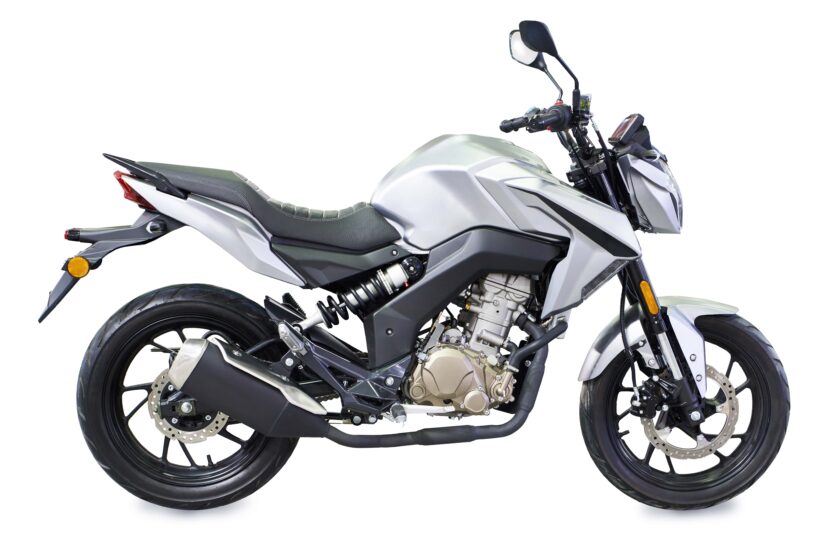Expert insights on vehicle shipping, industry updates, and car transport tips for a seamless auto logistics experience. Stay informed with the latest trends, regulatory changes, and best practices in the auto transport industry. Our blog delivers actionable advice to help you make informed decisions about vehicle transportation.
![Iconic Classic Car Intrastate Shipping: Delivery From Ocala, FL to Tampa, FL]()
We had the chance to ship a beautiful 1964 Ford Mustang across Florida this month. The route ran from Ocala down to Tampa. Getting this muscle car where it needed to go took some careful planning.
The owner wanted his vintage ride protected from Florida's weather. We used enclosed auto transport ...
Last Updated on December 22, 2025
![Kia EV6 Car Delivery Process: Longmont, CO to Cathedral City, CA]()
A good example concerning the efficient shipment of vehicles during the holiday season occurred when a 2023 Kia EV6 was shipped from Longmont, Colorado, to Cathedral City, California. This only became possible after an $800 service fee that demonstrates what can be accomplished during the perfect ti...
Last Updated on December 22, 2025
![Safety Measures for Motorcycle Transportation]()
“Four wheels move the body, but two wheels move the soul.” That’s how bikers think of their precious motor vehicles, which is why they hesitate when choosing a motorcycle transportation company.
They are the only ones who feel the sensitivity of shipping their motorcycles. Whenever they nee...
Last Updated on December 21, 2025
![Top 3 Ways to Ship Motorcycle Safe and Sound]()
Flying down the highway and refreshing your soul with the cold air is a feeling that no motorcyclist would ever compromise with anything. However, driving your motorcycle will threaten you and the vehicle when the trip is long and the destination is far.
So, you better consider alternative soluti...
Last Updated on December 21, 2025
![Common Challenges Associated with Motorcycle Transport]()
If you are shipping for the first time, it's not easy to entrust your prized motorcycle to a company you are unfamiliar with, whether you want it for a local move or to get delivered to another state. Additionally, anxiety may exacerbate when you become more familiar with challenges and common mista...
Last Updated on December 21, 2025
![A Guide on How to Transport a Motorcycle]()
A long, refreshing drive on the US's highways is an unparalleled enjoyment for motorcyclists. But the truth is, not all bike trips are enjoyable and refreshing, as some might be distant, hazardous, and overwhelming.
Whether a home relocation or a short vacation, driving won't be the wisest call i...
Last Updated on December 21, 2025






